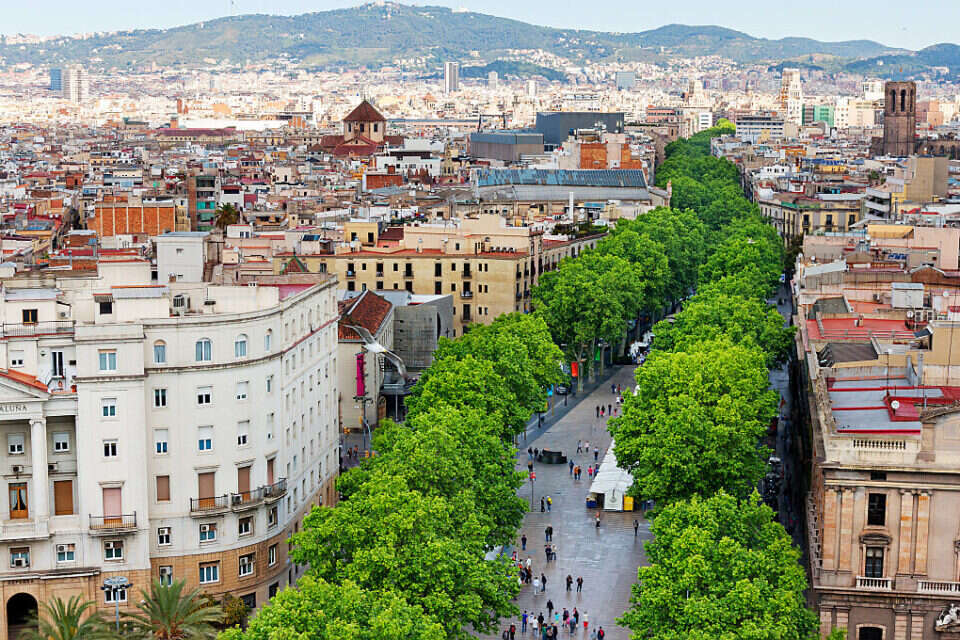Aerial view of a residential complex and golf course in the middle of the desert in Palm Springs, California.MARIO TAMA (AFP)
The hills surrounding the city of Calabasas, 50 kilometers north of Los Angeles, bear the brunt of the drought that has suffocated this region of California for three years.
The brown and yellow hues of the hills dominate the hills.
But at ground level the situation is contrasting.
Resplendent green grass decorates the huge spaces of the Country Club and most public spaces in this exclusive Los Angeles region, infamously known as the crash site where Kobe Bryant died in 2020.
Gail Poole, 63, walks with a pair of beagles on one of the few free-traffic avenues in this city, full of luxurious mansions within developments with private security.
“Here there has been no lack of water, but now it shows that she takes better care of herself,” says the woman, who has lived here for 17 years.
Since mid-May, the Las Vírgenes Water District, in charge of supplying this area of the San Fernando Valley, unanimously approved one of the most severe water restrictions.
"I'm only allowed to water my garden once a week, on Thursdays, and I can't do it for more than eight minutes," says the neighbor.
Residents whose address ends in an even number, on the other hand, can only do so on Tuesdays.
The authorities have set a usage limit of 300 liters per day.
Those who overcome
receive a notification by mail.
"So far, I haven't had a problem because I've let some of my plants die, but other neighbors have told me that the surveillance has gotten a little intense," says Poole, who is divorced and has two grown children, away from home. .
The shortage of the liquid in California has turned residential neighborhoods and idyllic suburbs like this one into battlefields in the war of savings.
Water police patrol these areas on the hunt for violators hose in hand.
Some of these agents, hired on a contingency basis by county water departments, use satellite imagery.
With the drought that has been punishing California for years, the worst in several centuries of records, it is normal for these records to be in yellow or orange.
Instead, these cops look for patches of deep blue, which means unusual humidity for these times of sacrifice.
More than 5,500 violation notices have been sent to area residents in the last eight months.
According to
The Wall Street Journal
, Kim Kardashian and Sylvester Stallone are among Calabasas spendthrifts.
According to the newspaper, the protagonist of
Rocky
exceeded by more than 300% the allowed amount of water to keep alive 500 trees that he has on his property, valued at 18 million dollars.
In Camarillo, a city of 65,000 people west of Calabasas, they can only water their outdoor plants and gardens for 15 minutes once a week and between 6 p.m. and 8 a.m.
Neighbors who receive three reprimands for not respecting the measures are fined $600.
With the fourth wake-up call comes a worse punishment: the city removes the pressure from the water intake.
California Governor Gavin Newsom sounded the alarm at the end of March.
The year began with the first three driest months in history on record, for which the president called for action to reduce consumption by 15% at the state level and up to 35% in the areas most affected by the drought .
He asked the 436 local agencies, in charge of supplying the 58 counties, to put emergency plans in place.
They approved dozens of restrictions that have come into force in the last two months.
Damon Ayala, one of the water police officers who have been deployed in Los Angeles, photographs one of the irrigation sprinkler heads.MARIO TAMA (AFP)
Most of the saving measures focused on use outside the home.
The Metropolitan Water District of Southern California states that outdoor irrigation accounts for 85% of urban water use.
Counties have cut the days and times when gardens and yards can be watered.
Washing sidewalks, watering up to two days after a rain, watering artificial grass, starting fountains without recirculation systems were prohibited.
It was also prohibited to wash cars with hoses that do not have a saving nozzle.
Restaurants must not offer tap water until it is requested.
Several neighbors have opted to change the decoration of their gardens, removing the grass and replacing it with gravel or mulch with cacti as an ornament,
The California Department of Water Resources turned off the tap, for the second year in a row, on 95% of the supply it sends to cities.
This is because the high temperatures prevented snow this year in the Sierra Nevada, one of the main sources for supplying the network.
Mountain water accounted for less than 25% of reserves, the third worst mark since 2015 and 2018.
Newsom's announcement was followed by dim numbers.
Consumption even increased in April by 17%.
May was worse, a rise of 18.9%.
In June, however, the restrictions arrived in the densest urban centers of the State, with a population of 40 million people.
The first month of restrictions left a saving of 9% in the Los Angeles metropolitan area.
July numbers will be released in early August.
The latest figures released by California water departments show a joint effort, albeit an uneven one.
Marin County, immediately north of San Francisco, is the star student.
It has managed to cut consumption by 24% compared to the accumulated figure for 2020. The counties of Sonoma and Napa, also to the north, have exceeded the savings goal with 18% and 16%, respectively.
San Francisco has achieved 7.3%.
At the state level, however, the savings is only 2%.
Some environmental groups like the Sierra Group believe the savings will be limited until the restrictions reach the countryside, where agriculture uses 80% of California's water in a dry year (in a year with a lot of rain the figure drops to 30%). ).
More than 400,000 hectares are used to harvest almonds, one of the most profitable crops in the entity.
And, along with pistachios, one of the fruits that needs the most water volume because they are permanent and require watering all year round to avoid dying.
A report published this week by the organization Food & Water Watch indicates that despite the drought that has plagued California for decades, almond plantations have grown by 78% in the last 12 years.
It is not the first time that California has asked its inhabitants for this effort.
In May 2015, then-Governor Jerry Brown enacted what were then unprecedented measures to save 25% of supply.
The entity was very close to achieving it, since the goal was close to 24% thanks to an executive order that reduced the flow that was pumped to the cities.
This was in force for almost 11 months, until a series of torrential rains in early 2017 ended one of the most serious droughts, which lasted five years.
Until now, the worst in more than 1,000 years.
You can follow CLIMA Y MEDIO AMBIENTE on
and
, or sign up here to receive
our weekly newsletter

/cloudfront-eu-central-1.images.arcpublishing.com/prisa/YUHVSMS2IN6DXD4JXSVFSTJ4WI.jpg)
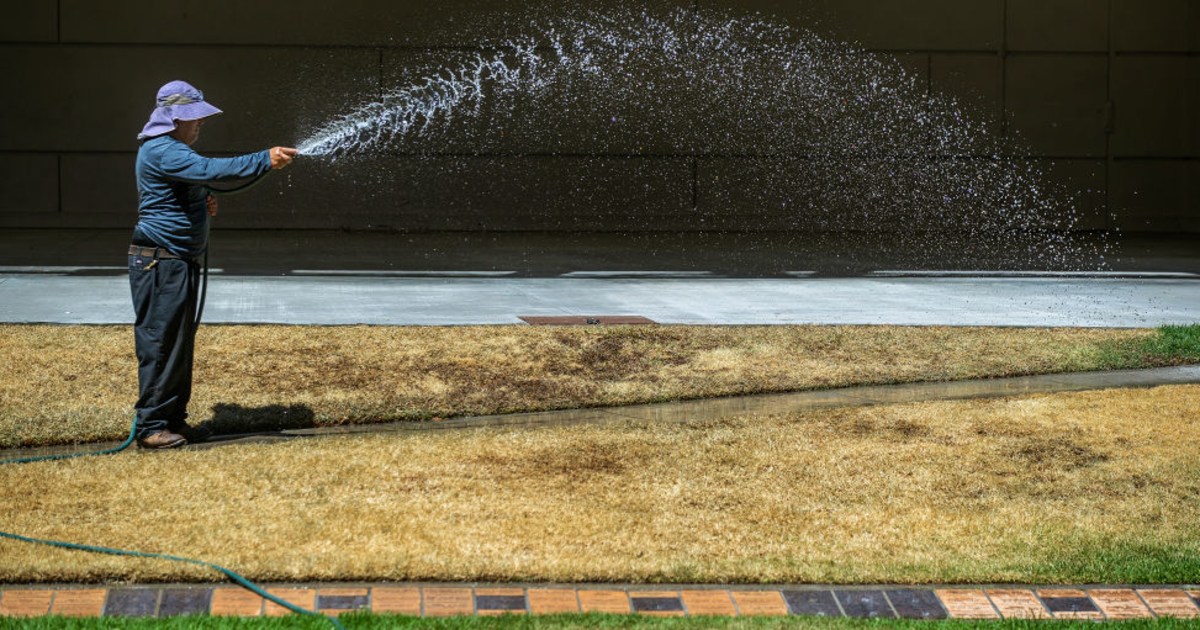
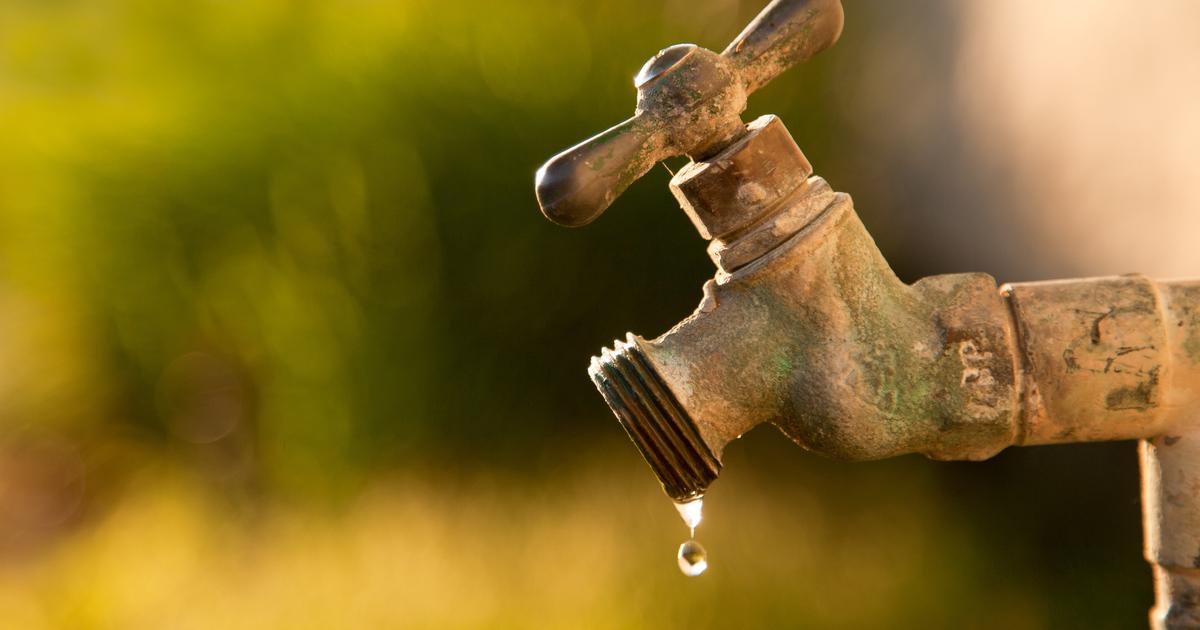
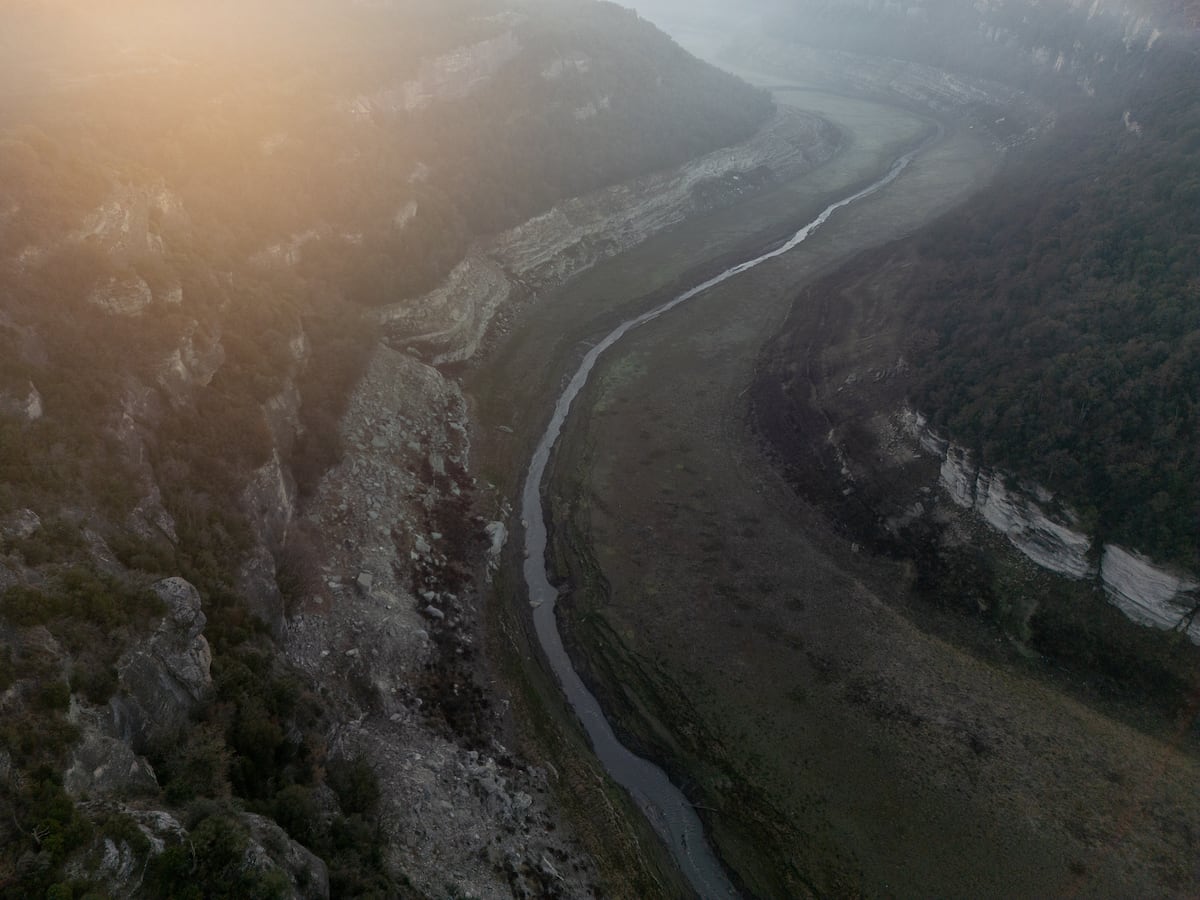


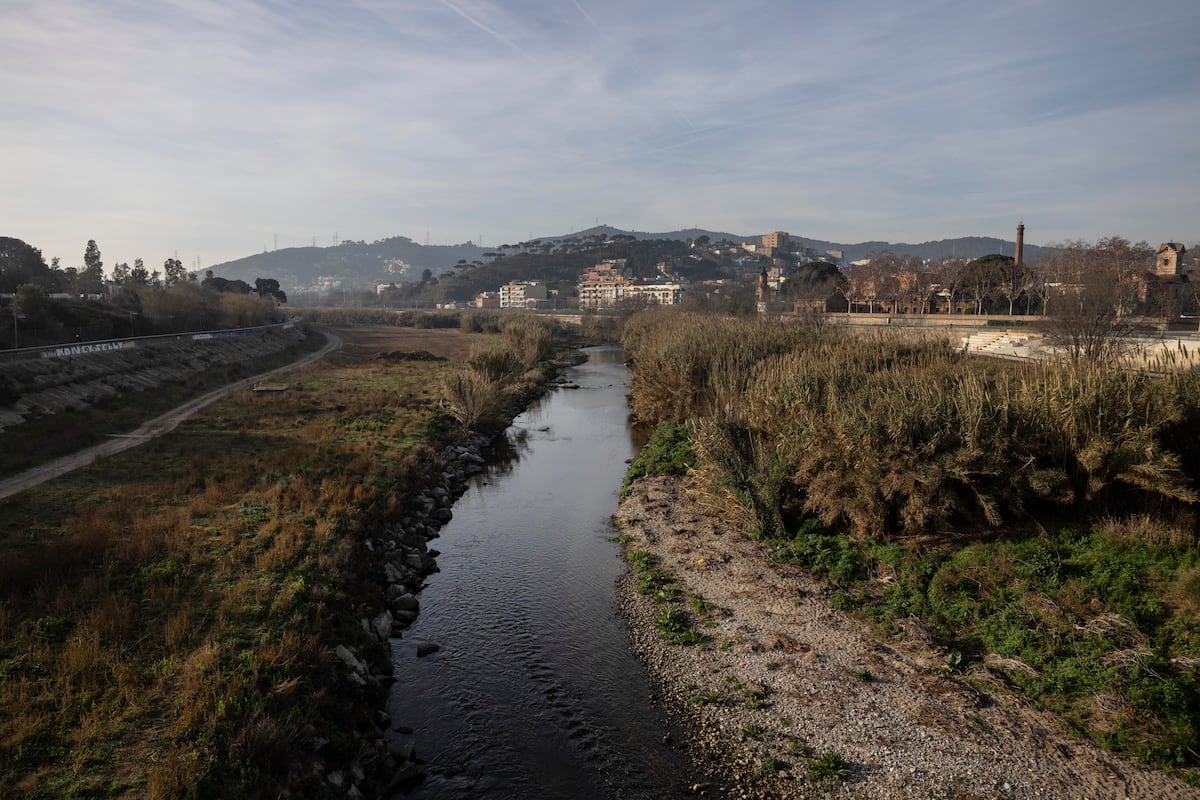
/cloudfront-eu-central-1.images.arcpublishing.com/prisa/HMVSM5KDLBGADLNKYFJTTB4Y7M.jpg)
